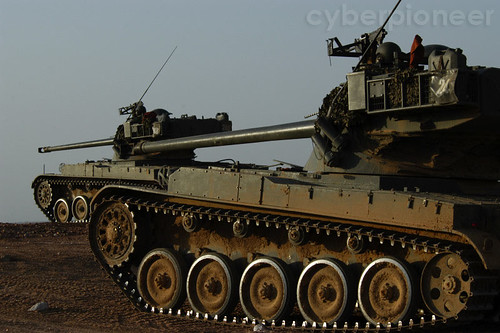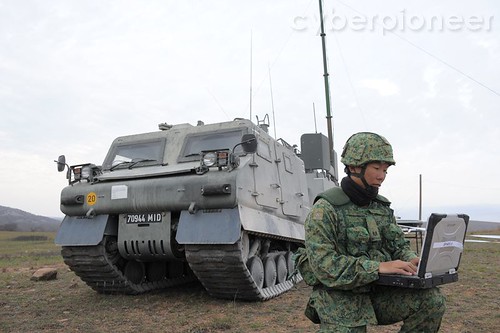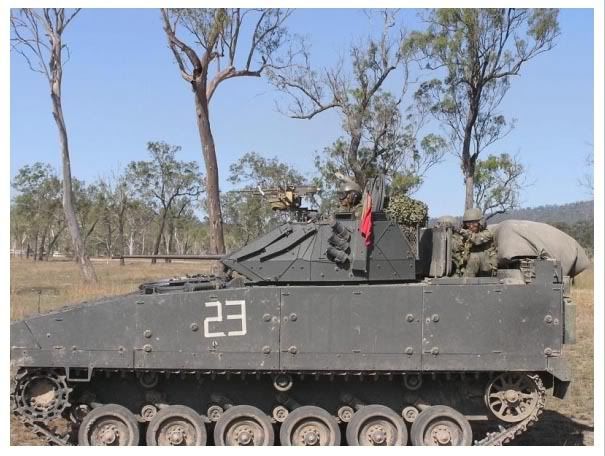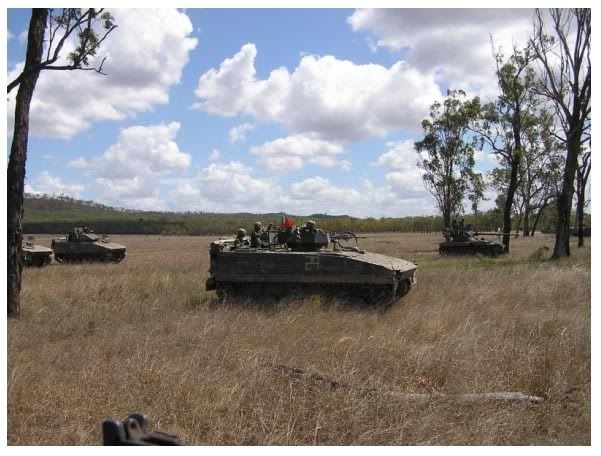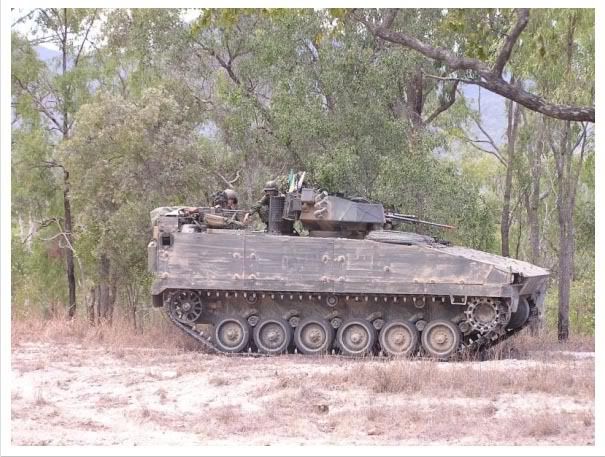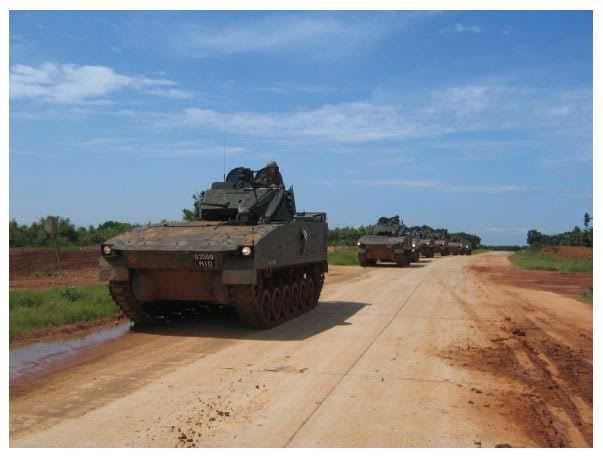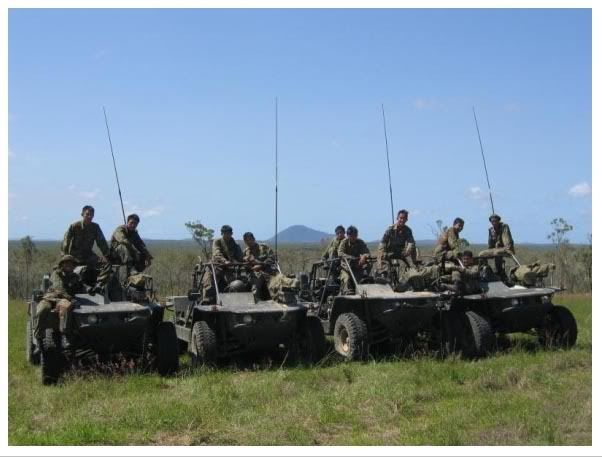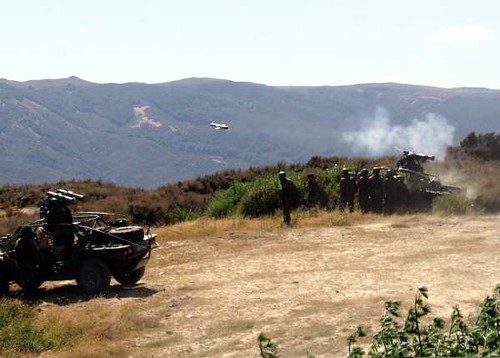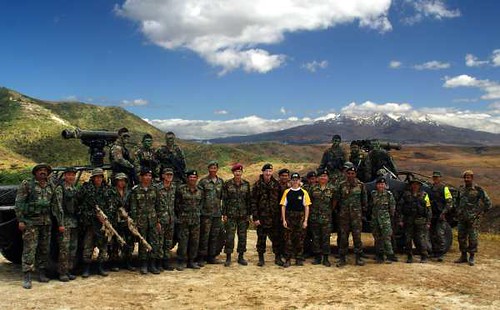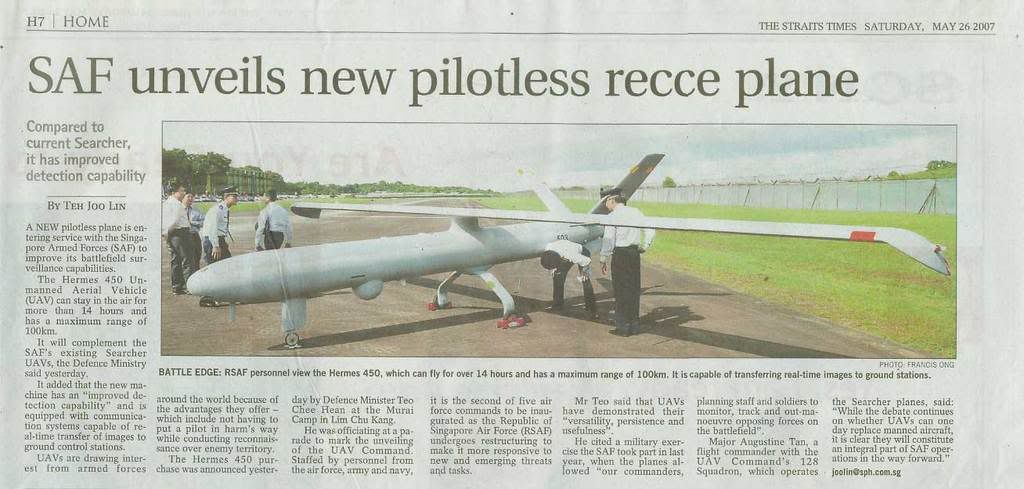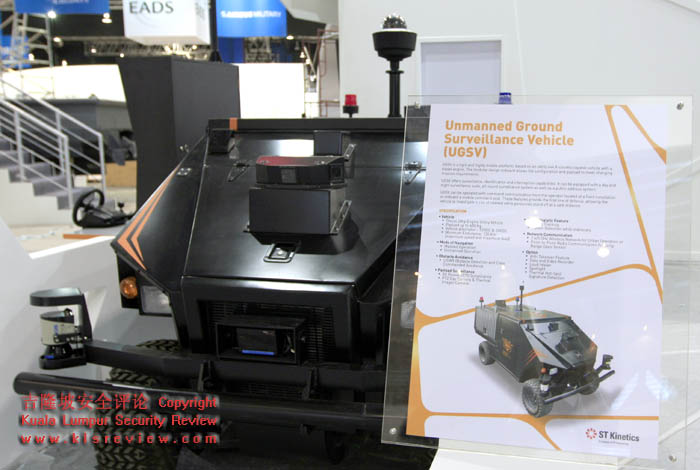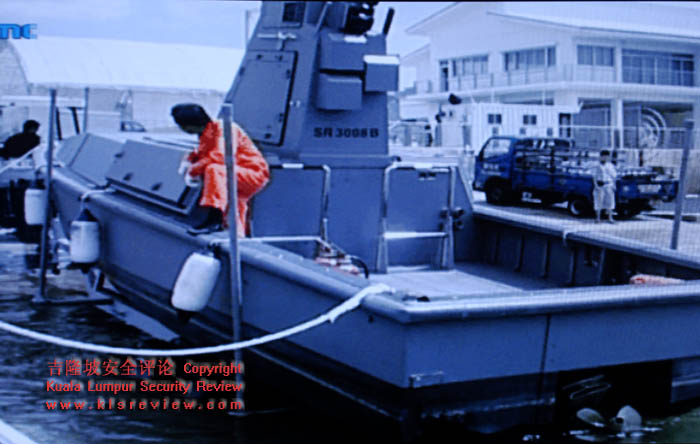- Thread Starter Thread Starter
- #41
Since this is a thread on General Casey's visit to Singapore, it is only appropriate to feature a awkward video of SSG S.Y. Lim, a Singaporean airborne ranger who served in Bamiyan, with the PRT. SSG Lim looks as if he would prefer to go for a 30 mile hike than appear on camera. This video is unintentionally comical. 
[ame=http://www.youtube.com/watch?v=vjqD7kjZpRw]Chief Cam[/ame]
Below is an old pix of one of the two, 6 men construction engineering teams in the central Afghan province of Bamiyan. This team was supervising the construction of the Regional Health Training Centre in early 2008.

The same site at Bamiyan a little bit later in May 2008.

Below is a 2009 pix of LTC Desmond Yeo (left) and CPT Pang Kah Yie (right) of the SAF Construction Engineering Team with local contractors onsite at the Bamiyan Provincial Hospital.

On 25 Nov 2009, Deputy Prime Minister and Minister for Defence Teo Chee Hean announced that the SAF would also be deploying a 13-man medical team to a field hospital in Tarin Kowt, the provincial capital of Oruzgan, from December 2009 to March 2010.

The SAF sent a 20-man team there in November 2008.

The medical team will provide emergency medical support, primary healthcare and pre- and post-operative medical care to the International Security Assistance Force, Afghan National Security Forces, as well as the Afghan locals.

Below is a pix of our medical team making time out of their busy schedule to maintain their marksmanship skills.
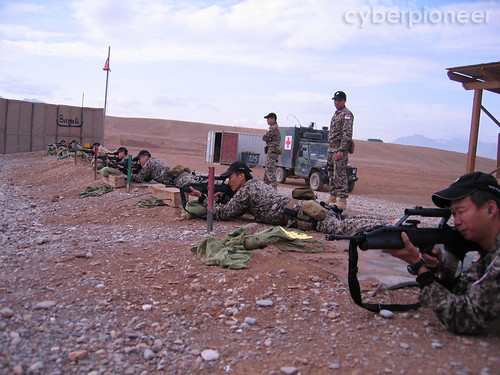
For more pixs of pior medical team deployments at post #21 of this thread.
[ame=http://www.youtube.com/watch?v=vjqD7kjZpRw]Chief Cam[/ame]
Below is an old pix of one of the two, 6 men construction engineering teams in the central Afghan province of Bamiyan. This team was supervising the construction of the Regional Health Training Centre in early 2008.

The same site at Bamiyan a little bit later in May 2008.

Below is a 2009 pix of LTC Desmond Yeo (left) and CPT Pang Kah Yie (right) of the SAF Construction Engineering Team with local contractors onsite at the Bamiyan Provincial Hospital.

On 25 Nov 2009, Deputy Prime Minister and Minister for Defence Teo Chee Hean announced that the SAF would also be deploying a 13-man medical team to a field hospital in Tarin Kowt, the provincial capital of Oruzgan, from December 2009 to March 2010.

The SAF sent a 20-man team there in November 2008.

The medical team will provide emergency medical support, primary healthcare and pre- and post-operative medical care to the International Security Assistance Force, Afghan National Security Forces, as well as the Afghan locals.

Below is a pix of our medical team making time out of their busy schedule to maintain their marksmanship skills.

For more pixs of pior medical team deployments at post #21 of this thread.
Last edited:




















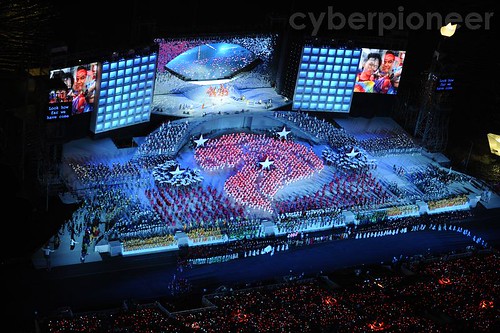











.jpg)

